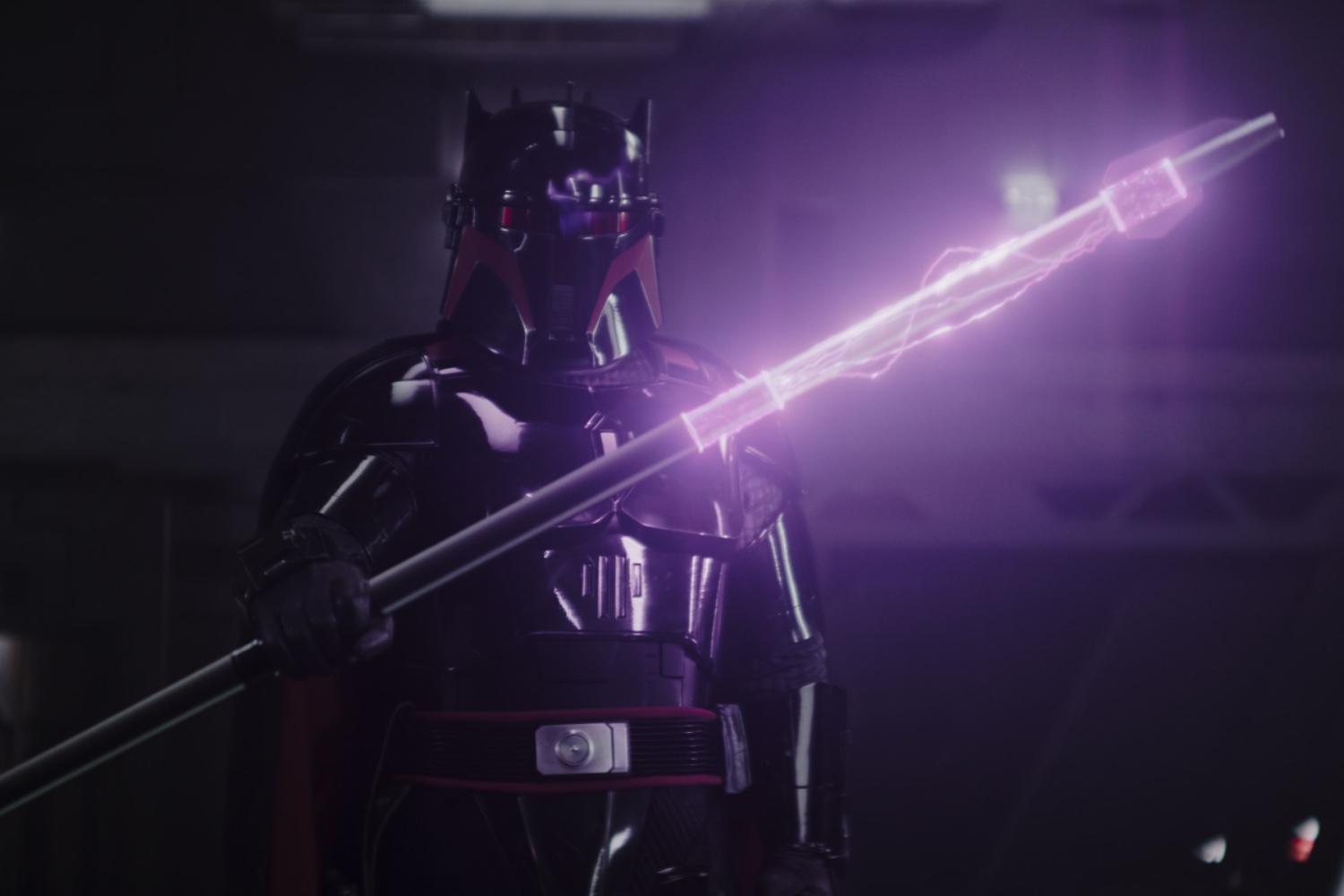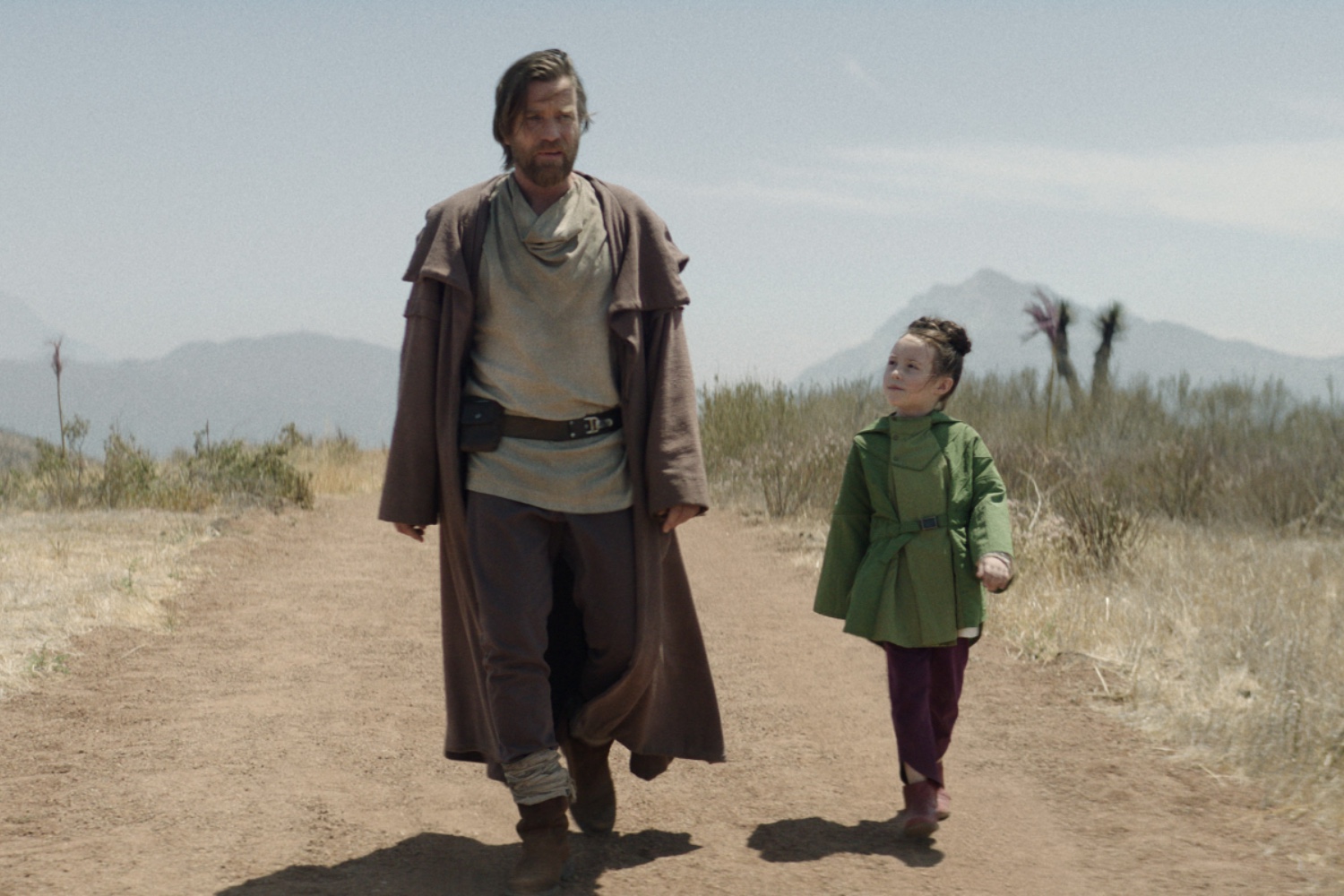My girlfriend Malorie sometimes tells the story of a robotics video she watched in 8th grade Science class. One particular robot in this video had a broken wheel and found itself unable to turn. (Or, more appropriately, the robotics team that was steering the hunk of metal found themselves unable to turn the robot.) Malorie started sobbing softly.
Try as it might the robot could not make its desired turn. Its little broken wheel jerked and jumped, but to no avail. Malorie then started crying uncontrollably, quietly pleading, “Why won’t someone help that robot! All he wants to do is pick up the ball and put it in the middle so that he can get some points!”
This may be an extreme example, but it illustrates our ability to anthropomorphize robots. We’ve seen that humanity’s vision of robot servants is even older than the term robot itself but the household humanoid robot is still a technology of the future. The latter may have as much to do with cultural roadblocks to human-wannabes than technological hurdles.
The introduction to the 1984 book If I Had a Robot: What to Expect from the Personal Robot speaks of this desire to see the artificial, mechanical man become “real” (provided they don’t get out of hand). The book gives readers an imaginative peek at the personal robots just around the (1984) corner.
A selection from the first chapter of the book appears below.
Let us not shilly-shally in this matter; robots are interesting only insofar as they act like animals – nay, like people. The great romance of robotics is rooted in our longing for these artificial creatures to behave like natural creatures.
Our images are muddled, of course. We look on robots as forbidden fruit – the Golem, brought to life by the improper use of arcane knowledge. We fear them as we fear the Frankenstein monster . . . deliciously. At the same time, we like them, root for them, support them, hope they’ll turn our brave, strong, good, and caring. It’s hard to say now whether Isaac Asimov, writing the stories collected in I Robot in the faraway thirties and forties, was creating new concepts, or recording the chiefly unarticulated views and expectations of society at the time. But certainly, Asimov’s magnificently crafted stories have largely determined the expectations of everybody in the Western World with respect to robots. With due respect to writers Capek, Williamson, Saberhagen, and the others. Asimov has dominated robotics thought for some decades now. How many of us have been waiting, waiting for those critters to start appearing among us?
And haven’t we been lucky that Asimov is such an optimist! Logical purists may cavil at the Three Laws of Robotics, complaining, perhaps with reason, that the laws are inconsistent. That really doesn’t matter. The robots in the stories are so likable – with an occasional rogue among them – that we want to deal with them directly, to get to know them, to be friends. All the automatic defenders and destroyers, are as nothing in our imagination, compared with Asimov’s interesting creations, who try to make things work out for the better.
That’s quite an accomplishment. Whether he created it all out of whole cloth or crystallized the latent hopes and dreams of people in general, Asimov has powerfully influenced popular thought on robotics – for the good, many of us think. Certainly the Star Wars robots are in the Asimov mold, determined by the life experience of George Lucas and his associates, who grew up in Asimov robot tradition.
And what about reality, if there is such a thing?
See also:
Will Robots Make People Obsolete? (1959)
We’ll All Be Happy Then (1911)
Maid Without Tears (1978)
The Future of Personal Robots (1986)
Robo-Shop (1989)
Japanese Retail Robots (1986)
In a Cashless Future, Robots Will Cook (1996)
The Robot is a Terrible Creature (1922)
Our Dread of Robots (1932)













